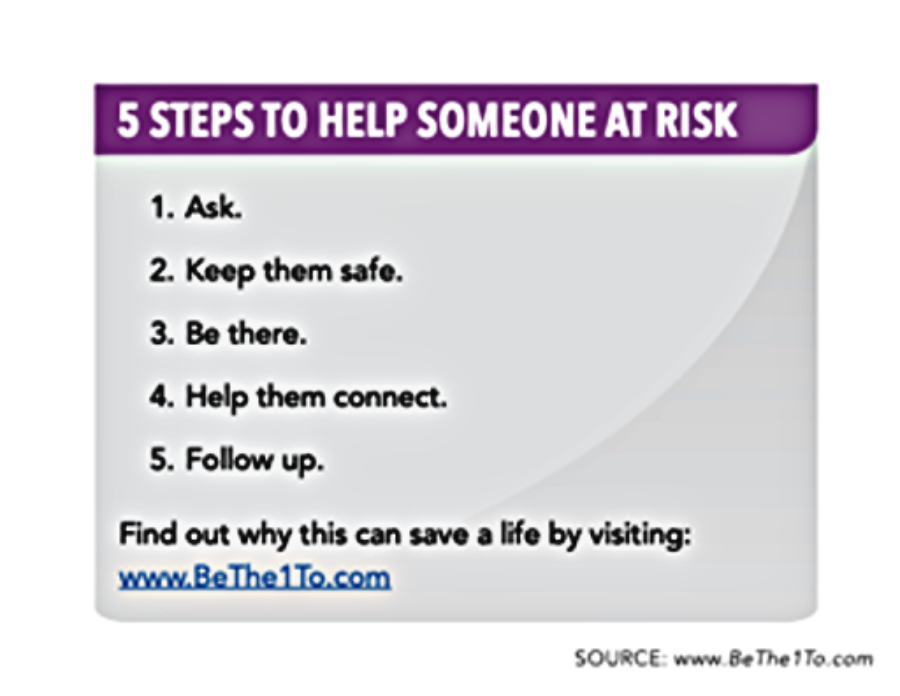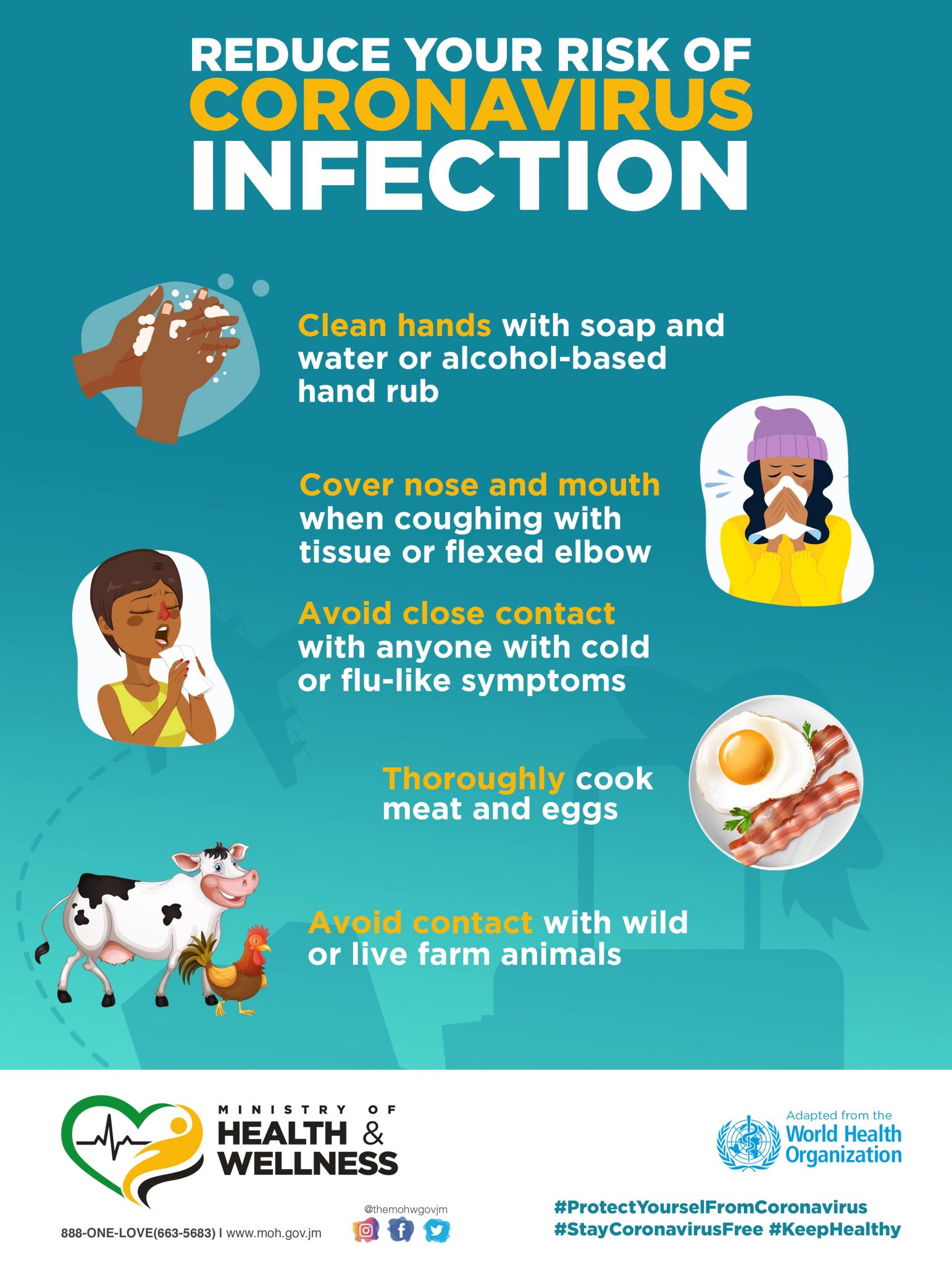Table of Content
Early intervention prevents ER visits, and PRN visits can often interrupt progression of disease process. From wages to employment statistics, find the latest data on the direct care workforce. Patients enrolled in the project will receive support in self-management prior to being discharged. Back in 1992 when I started my first job in home care things were a lot different.
Examples include History and Physical, Reconciled Medication Profile, list of diagnoses, and any procedure/surgical notes. For the hospitalisation incidence and intensive care bed occupancy in Hesse, seeregularly updated figuresExternal Link. Please find the 7-day incidence rate for Frankfurt am Main undercurrent status updateInternal Link. This research received no specific grant from any funding agency in the public, commercial, or nonprofit sectors. Medicare covers skilled care to maintain or slow decline as well as to improve.
CMS.gov main menu
HH QRP measures derive from three data sources, Outcome and Assessment Information Set assessment, Medicare fee-for-service claims, and the Consumer Assessment of Healthcare Providers and Systems (CAHPS®) Home Health Care Survey. OASIS and HH CAHPS data collection and reporting are requirements for providers participating in the HH QRP. Medicare FFS claims data are submitted by HHAs to receive payment for services provided for Medicare FFS patients. Make a visit to reassess the patient as soon as possible following a hospital discharge.
The intention of the ACAs HRRP is to protect healthcare consumers as well as preserve the nation’s funding for Medicare beneficiaries through value-based reforms. The startling amount of Medicare reimbursement monies that go to readmissions make some experts fearful for the longevity of the Medicare Part A program. Waste, such as preventable re-hospitalizations, plays a big part in the problem. CMS reporting in 2019 indicates that the HRRP implementation is not enough to prevent readmissions. Eighty-three percent of the 3,129 hospitals that were part of the program received a penalty.
Home Health Quality Reporting Program
Technical Specifications for calculating OASIS-based outcome measures, patient-related characteristics measures, and the factors used to risk adjust outcome measures, can be accessed via the link for Technical Documentation of OASIS-Based Measures in theDownloadssection below. Measures based on OASIS data are calculated using a completed episode of care that begins with admission to a home health agency and ends with discharge, transfer to inpatient facility or, in some cases, death. Provide adequate coordination of care between clinical staff, therapy staff, family members, agency managers, and physicians. This is an area often cited deficient by surveyors, and often for good reason. By keeping other staff and family members “in the know” about a patient’s status, we can often prevent complications as others assist in checking on areas of concern. Prevention of future hospitalizations can occur even before symptoms of CHF occur.

However, we did not find that black men in this age group experienced these same declining rates. In fact, we found a significant increasing linear trend for black men aged 18 to 44. High levels of readmissions after a hospital stay reflect low quality and non-continuity within U.S. healthcare production.
Reducing Rehospitalizations… The Right Way
Technology for home and community-based organizations that makes it easier for Medicaid payers and providers to work together from day one. Serving home care and I/DD agencies, managed care organizations, and state payer programs throughout the United States. CMS usually updates the HH QRP claims-based measure results every year. However, due to the COVID-19 Public Health Emergency HHQRP data submission requirements for the Q4 2019, Q1 2020, and Q quarters were exempted. The missing data for Q and Q will impact what is displayed on Care Compare; therefore, public reporting of home health agencies' data will freeze after the October 2020 refresh. This means that following the October 2020 refresh, the data publicly reported will be held constant for all refreshes in 2021, including October 2021.

In the current Home Health environment, efficiency, quality, and cost-effectiveness have become a primary focus. Due to an increase in utilization, and attendant cost increases, home health care has become a target for cost reduction by Medicare. As the government zeroes in on cutting unnecessary expenditures, agencies are being monitored for several quality indicators, one of which is how well we perform in keeping patients out of the hospital.
Data source and definitions
For the 1995 through 2007 data, the sample included 501 to 525 hospitals; the average unweighted response rate was 89%. In 2008 and 2009, NCHS had only enough funding to collect data from 239 hospitals; the unweighted response rates were 86% to 87%. At the final stage of sampling, the NHDS selects a systematic random sample of inpatient discharge records from each participating hospital, representing approximately 1% of all hospitalizations in the United States. “Hospitalizations account for nearly one-third of the total $2 trillion spent on health care in the United States.” A significant fraction of these hospitalizations are re-hospitalizations occurring soon after discharge. Re-hospitalizations result in increased costs to the payer, and potential negative impacts on patients related to complications of being hospitalized.

As you begin your effort to reduce avoidable hospitalizations, there is no need to reinvent the wheel. There are many tools available, so all you need to do is review all of them and decide which would work best for you. There are basic core best practices that should be followed but the technique you chose is up to you. Some of the challenges we faced keeping patients out of the hospital then still exist today, but are finally beginning to be recognized and addressed. For instance, at discharge, patients were, and still are, handed a piece of paper called “Discharge Instructions” and bid farewell at the hospital door.
CMS will competitively select independent organizations to partner with and implement evidence-based interventions at interested nursing facilities. However, reducing hospitalizations and rehospitalizations must be accomplished appropriately and with attention to the needs of residents. This is especially true in the current national environment where much of the emphasis in health care is on cost-containment, with increased penalties for unnecessary hospitalizations and rehospitalizations. Another problem was that the list of medications on the discharge instructions rarely reflected an awareness of the medications the patient was taking before they were hospitalized, which were still available in the home, causing confusion for patients and family members. It took a homecare nurse days and many phone calls to figure out the correct, safe medication list because the primary care physician never knew what medication changes were made in the hospital.

Potentially avoidable events serve as markers for potential problems in care because of their negative nature and relatively low frequency. The potentially avoidable events reported are outcome measures, in the sense that they represent a change in health status between start or resumption of care and discharge or transfer to inpatient facility. All the potentially avoidable event measures are adjusted for variation in patient characteristics.
Using Medicare data from Maryland in 2006, O’Neill and colleagues found that adjusted rates for blacks were 60% higher than for whites. Using the 1995 through 2004 NHDS but with a different case definition than in our study, Zhang and Watanabe-Galloway found that blacks aged 65 or older had higher CHF hospitalization rates than did whites . Imposing artificial numbers of reductions in hospitalizations and rehospitalizations is, by itself, the wrong approach. There are already too many instances in which nursing home residents who need to be hospitalized are not. Among adults aged 45 to 84, blacks have approximately twice the incidence of CHF as whites , and blacks with CHF may have more comorbidities such as uncontrolled high blood pressure .

No comments:
Post a Comment